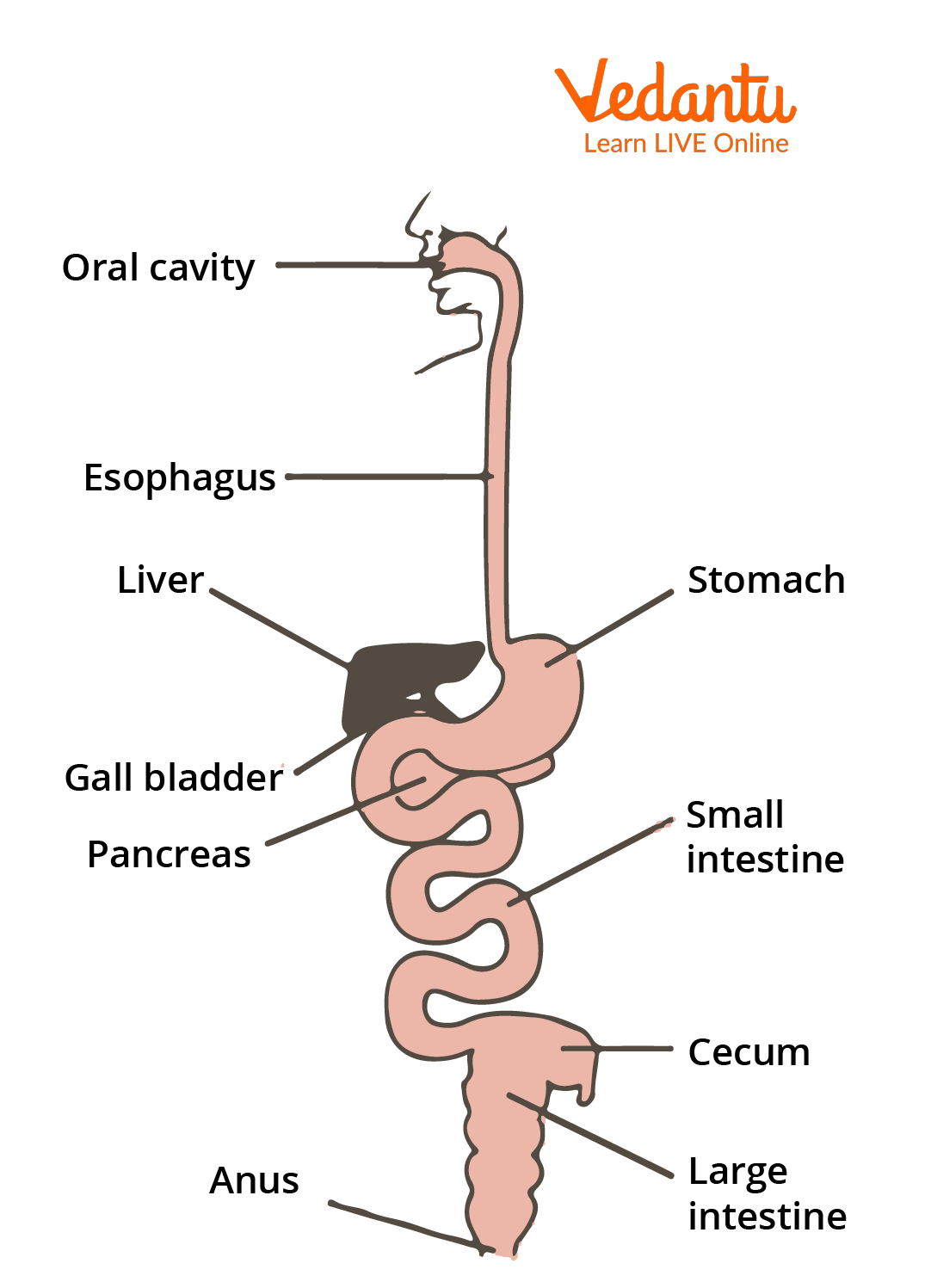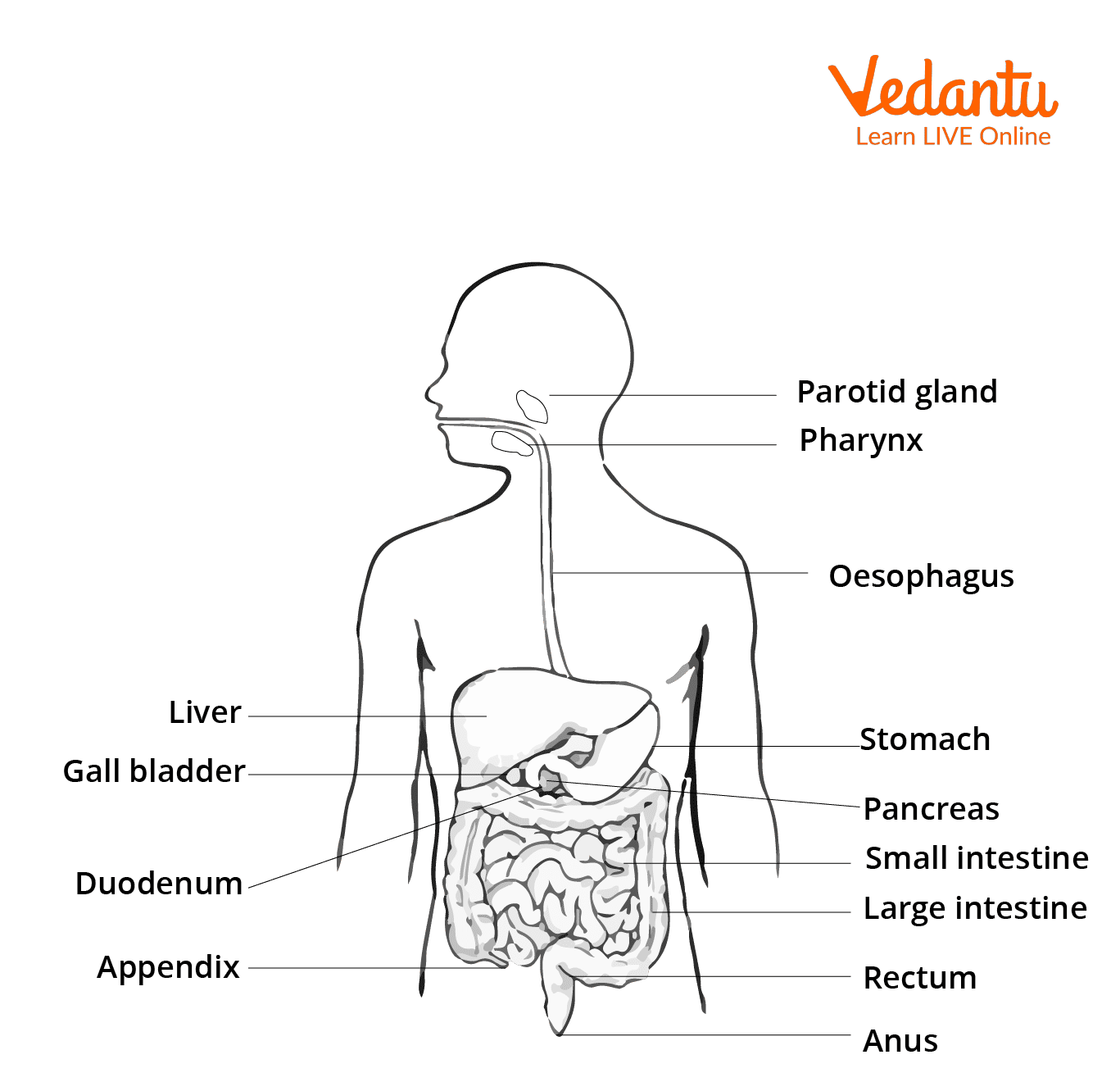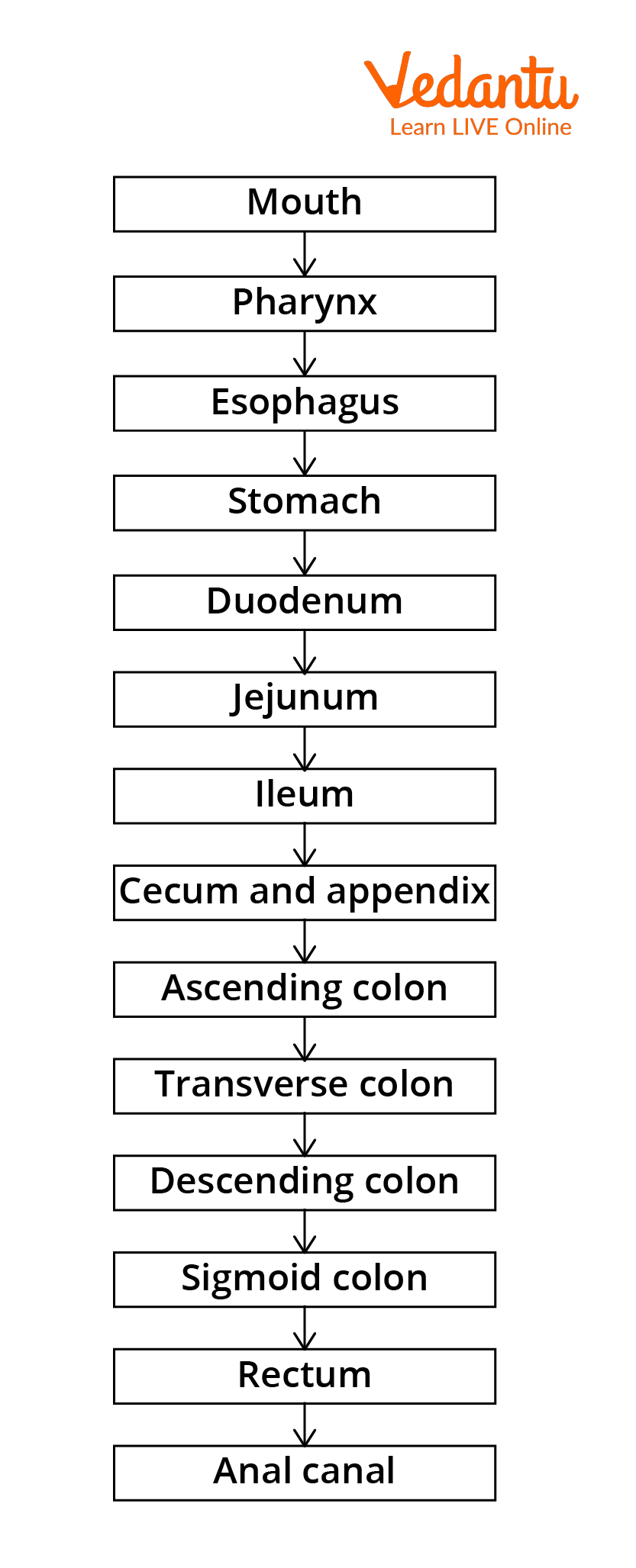How the Gastrointestinal Tract Works: A Step-by-Step Overview
The gastrointestinal tract is a one-of-a-kind system. Despite the fact that people use it on a daily basis, most people only have a basic understanding of what it is and how it works. Food enters the mouth, is digested, and used for energy and nutrients; what cannot be used is expelled from the body. The system is much more complex.
Here in this article we will study different parts of this alimentary canal and will look into their functions as well that you may not be aware of. The GI tract is a complex and fascinating part of your daily life that most people ignore until something goes wrong with it. Make sure that you take good care of it.
Alimentary Canal
Alimentary canal is a long muscular tube that extends from the mouth to the stomach and is part of the digestive system. It extends approximately 9 metres in length.
It includes different organs such as the stomach and intestine. It aids in the digestion of meals and the absorption of nutrients from food.
It contains glands that are related to it. The glands are located outside of the gastrointestinal system and are linked to it through ducts like salivary glands, liver and pancreas.
The layers present in the gastrointestinal system are mucous membrane (mucosa), submucosa, muscularis externa, and serosa or adventitia. The mucosa and submucosa projections enhance the surface area available for absorption. The lamina propria and submucosa possess glands.
Alimentary Canal Parts
A tube that travels through the body in one direction is called the alimentary canal. From the mouth, it extends to the anus. About 9 metres make up the alimentary canal. The mouth, oesophagus, stomach, small intestine and large intestine are examples of continuous muscular tubes that run throughout the body (digestive tract). They are capable of digesting and absorbing nutrients.
Mouth
The mouth is the initial part of the alimentary canal. It includes teeth and salivary glands. The teeth help in the mechanical breakdown of food while the salivary glands release saliva that mixes with food to make it soft.
Pharynx
The pharynx is a tube that connects the respiratory and digestive systems. It is linked directly with the larynx and the oesophagus. It's a muscular tube that runs between the tongue and the soft palate. Nasopharynx, oropharynx and laryngeal pharynx are the three types of the pharynx.
Oesophagus
The oesophagus is a lengthy, thin muscular tube that delivers food from the pharynx to the stomach. It contains a lot of longitudinal folds that facilitate the transfer of food.
Stomach
The stomach is a storehouse as well as a digestive organ with little absorption. The cardia, fundus, body and pylorus are the four primary areas. Mucosa, submucosa, muscularis externa and serosa are the four layers of the stomach.
These layers produce mucus, acid and pepsin, which are mixed with food. The stomach wall has chief cells and parietal cells. Pepsinogen and lipase are found in chief cells. Pepsinogen is a proenzyme that is transformed into pepsin by the stomach's acid pH. Parietal cells help in the formation of gastric acid and release some factors for digestion.
Small Intestine
Duodenum, jejunum and ileum are small Intestine structures. Absorption is one of the functions of the small intestine. The villi help with these activities by increasing the surface area of the gut, allowing for greater absorption. Thus, it is a nutrition absorber. Hormones and chemicals are released into the small intestine by the exocrine liver and pancreas.
Large Intestine
It includes the colon (ascending, transverse and descending colon). The purpose of the large intestine is to accept the soupy digestion, remove the water and convert it to faeces. It is located next to the small intestine.
Rectum
The rectum is the intestine's swollen end section. After food digestion, it stores the waste.
Anus
The anus is the hole and end point of the alimentary canal. The external aperture is known as the anus. Defecation is controlled by layers of the muscle. It has sphincters that help in the excretion of the waste outside the body.
Structure of Alimentary Canal

Alimentary Canal Structure
Digestive System Diagram
The digestive system involves the alimentary canal and some other accessory organs that help in digestion. The alimentary canal is a long hollow tube that helps in food absorption and digestion. The digestive organs are accessory organs which assist the main digestive tract. Teeth, tongue, salivary glands and liver are examples. Food is never allowed to enter through them.

Digestive System Diagram
Flow Chart of Digestive System

Flow Chart of Digestive System
Digestive Process Flow Chart
The mouth, throat and salivary glands make up the oral cavity, which is where early digestion takes place.
Ingestion → Digestion → Absorption → Excretion.
Ingestion involves the uptake of food. It involves the mouth pharynx. Digestion helps in food breakdown in small particles. Absorption occurs in the small intestine. The digested food is absorbed and passed into blood circulation. Excretion helps in the removal of waste material from the body after the complete digestion of the food.
Functions of Alimentary Canal
The alimentary canal has the main function of food digestion and absorption. It has different organs and parts that help in food digestion. Teeth help in the mechanical breakdown of food and the mouth helps in food intake. The oesophagus helps in carrying the food particles to the stomach. The stomach helps in storing and maintaining the pH of the food. The small intestine absorbs food particles and passes them to blood. The large Intestine helps in extra water absorption from undigested food.
Conclusion
Our mouth not only chews food but also warms or cools it to a temperature suitable for digestion. The food travels through the oesophagus from our mouth to our stomach in about 7 seconds. Over 500 different types of bacteria live in our digestive tract. While many of them are beneficial, they can be extremely dangerous if they spread to other parts of the body.
Food is digested and absorbed in the body with the help of the gastrointestinal tract. The organs and part of this tract help in the digestion of food. The stomach intestines are important parts and the main digestion and absorption occur here. The above articles help us to understand the structure and function of parts of the alimentary canal. It will be useful to clear concepts about food digestion in the body.


FAQs on Gastrointestinal Tract: Anatomy, Functions & Diagrams
1. What is the gastrointestinal (GI) tract and its primary role in the body?
The gastrointestinal (GI) tract, also known as the alimentary canal, is a long, continuous muscular tube that extends from the mouth to the anus. Its primary role is to process food through four main stages: ingestion (taking in food), digestion (breaking down food), absorption (assimilating nutrients), and excretion (eliminating waste).
2. What are the main organs that constitute the human gastrointestinal tract, in sequential order?
The gastrointestinal tract consists of several organs that work in sequence to digest food and absorb nutrients. The path food travels is as follows:
- Mouth: Where mechanical and initial chemical digestion begins.
- Pharynx: A passageway for food from the mouth to the oesophagus.
- Oesophagus: A muscular tube that transports food to the stomach.
- Stomach: Stores food, mixes it with acid and enzymes.
- Small Intestine: The primary site for chemical digestion and nutrient absorption.
- Large Intestine: Absorbs water and electrolytes, converting remaining waste into faeces.
- Rectum: Stores faeces before elimination.
- Anus: The exit point of the GI tract.
3. What is the difference between mechanical and chemical digestion in the GI tract?
Mechanical and chemical digestion are two distinct but complementary processes. Mechanical digestion involves the physical breakdown of food into smaller pieces, such as through mastication (chewing) in the mouth and the churning motion of the stomach. In contrast, chemical digestion involves the breakdown of complex food molecules into simpler, absorbable units using digestive enzymes, like pepsin in the stomach and amylase in saliva.
4. Why doesn't the stomach digest itself, considering it produces strong hydrochloric acid (HCl)?
The stomach is protected from its own acidic environment by a thick layer of mucus. This protective barrier is secreted by the mucosa, the innermost lining of the stomach wall. The mucus is alkaline and coats the entire inner surface, effectively neutralising the acid before it can come into contact with and damage the stomach tissue itself.
5. How do accessory organs like the liver and pancreas support the gastrointestinal tract if food doesn't pass through them?
Accessory organs are crucial for digestion even though they are not part of the main alimentary canal. They support the GI tract by producing and secreting essential substances into it. The liver produces bile, which is stored in the gallbladder and released into the small intestine to emulsify fats. The pancreas produces powerful digestive enzymes for breaking down carbohydrates, proteins, and fats, as well as bicarbonate to neutralise stomach acid in the small intestine.
6. Why is the small intestine's structure, with its extensive length and internal folds, so important for its function?
The primary function of the small intestine is to absorb the maximum amount of nutrients from digested food. Its structure is perfectly adapted for this. The immense length, combined with internal circular folds, finger-like projections called villi, and even smaller microscopic projections called microvilli, dramatically increases the internal surface area. This vast surface area ensures efficient and thorough absorption of nutrients into the bloodstream.
7. How do the different layers of the alimentary canal wall contribute to its overall function?
The wall of the alimentary canal is composed of four main layers, each with a specific role:
- Mucosa: The innermost layer that secretes mucus for protection and lubrication. In the stomach and intestines, it also secretes digestive enzymes and absorbs nutrients.
- Submucosa: A connective tissue layer containing blood vessels, lymphatics, and nerves that support the mucosa.
- Muscularis Externa: Composed of smooth muscle layers that are responsible for peristalsis, the wave-like contractions that move food along the tract.
- Serosa (or Adventitia): The outermost protective layer that reduces friction from muscle movements.
8. What are some examples of common disorders related to the functioning of the gastrointestinal tract?
Several disorders can arise from disruptions in the GI tract's normal function. Examples include:
- Constipation: Characterised by infrequent or difficult bowel movements, often due to a lack of dietary fibre or water, which affects the large intestine's ability to process waste.
- Irritable Bowel Syndrome (IBS): A functional disorder affecting the large intestine, causing symptoms like cramping, bloating, and altered bowel habits due to abnormal muscle contractions.
- Gastroesophageal Reflux Disease (GERD): Occurs when stomach acid frequently flows back into the oesophagus, irritating its lining.










